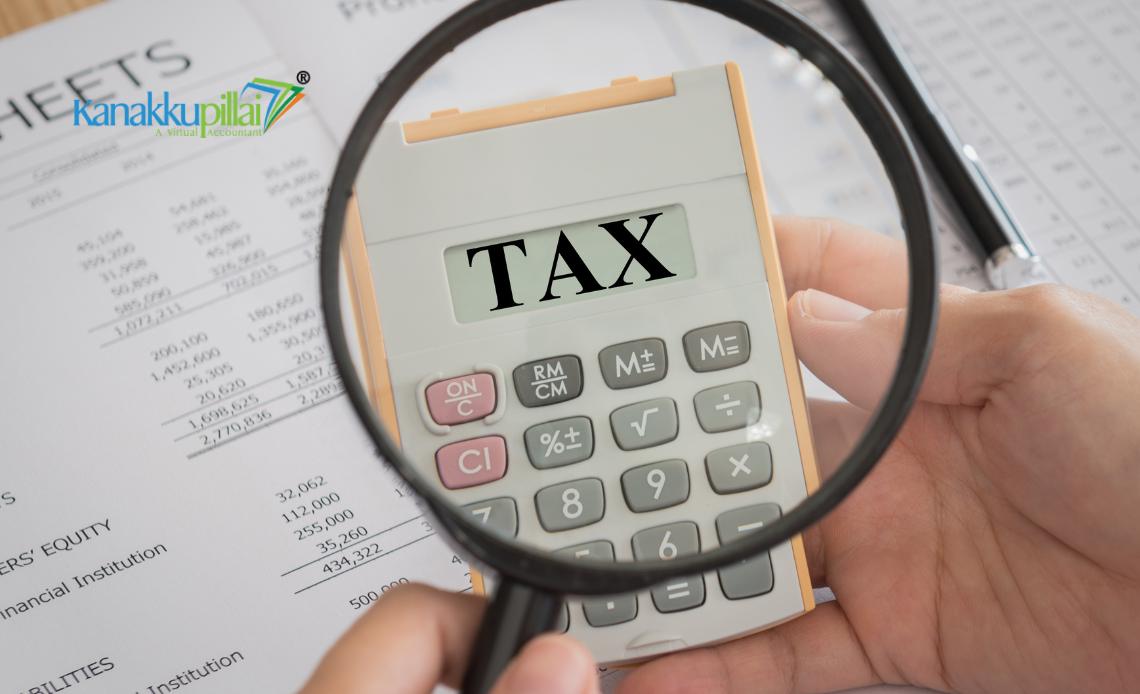Personal income tax is a significant revenue source for the Government of India, which helps fund various development programs and public services. Every salaried individual, business professional, or self-employed person who earns more than a certain threshold is liable to pay income tax under the Income Tax Act of 1961, which prescribes the regulations.
Personal income tax is understood to be complex in nature due to the various slabs, deductions, and exemptions available. In fact, this is very essential for proper financial planning and compliance. Simultaneously, the old tax regime, along with the new tax regime, has also given taxpayers the freedom to choose which tax system they want.
This blog elaborates on personal income tax in India, starting from its applicability, tax slabs, deductions, exemptions, filing procedures, and the requirements of compliance.
Introduction
Taxation is a very essential part of a country’s economic structure as it provides the government with funds to develop infrastructures, offer public services, and provide welfare. The income tax is one of the significant sources of personal income tax revenues in India. The Income Tax Act, 1961, governs this tax regime.
The Union Budget of 2025 has brought several reforms to India’s tax structure, particularly on slabs and rebate provisions, hoping to lighten the tax burden on individuals and give impetus to greater participation in the formal economy.
Understanding these changes is therefore important for individuals to plan their finances appropriately and minimize tax liabilities while remaining in accord with the law.
Who is Liable to Pay Personal Income Tax in India?
Personal income tax is a type of income tax that applies to individuals. There are categories for different sources of income as follows-
- Salaried Employees- All persons receiving regular salary from any employer.
- Self-Employed Professionals- Professionals working on contract or freelance, including doctors, lawyers, etc.
- Businessmen- Persons working on a sole proprietorship or in a partnership firm.
- Investors and Traders- Gains on sale of stocks, mutual funds, real estate, etc.
- Senior Citizens and Pensioners- This group includes senior citizens and pensioners who receive a pension, interest from their investments, or other forms of income.
Moreover, Non-Resident Indians and foreign nationals earning income in India would also be liable to pay income tax, considering the status of residence and type of income earned by them.
Revised Income Tax Slabs for FY 2025-26 (AY 2026-27)
The new tax regime in the 2025 budget has rearranged the income tax slabs to bring in relief for middle-class taxpayers with huge benefits. However, now it has been declared that this is the default one and that the option to continue under the previous one still exists as a matter of choice to avoid financial constraints for some individuals.
New Tax Regime
Under the revised new tax regime, the income slabs and corresponding tax rates are as follows-
| Annual Income (Rs) | Tax Rate (%) |
| Up to Rs 4,00,000 | Nil |
| Rs 4,00,001 – Rs 8,00,000 | 5% |
| Rs 8,00,001 – Rs 12,00,000 | 10% |
| Rs 12,00,001 – Rs 16,00,000 | 15% |
| Rs 16,00,001 – Rs 20,00,000 | 20% |
| Rs 20,00,001 – Rs 24,00,000 | 25% |
| Above Rs 24,00,000 | 30% |
Notably, individuals with an annual income of up to Rs 12,00,000 will not be liable to pay any income tax under the new regime, owing to the enhanced rebate provisions.
Old Tax Regime (For Those Opting for Deductions and Exemptions)
| Annual Income (Rs) | Tax Rate (%) |
| Up to 2,50,000 | Nil |
| 2,50,001 – 5,00,000 | 5% |
| 5,00,001 – 10,00,000 | 20% |
| Above 10,00,000 | 30% |
Under the old regime, employees could claim multiple deductions to reduce taxable income, making it suitable for those who make investments in tax-saving instruments.
Rebate under Section 87A
The rebate under Section 87A has been raised substantially to Rs 60,000 from the earlier Rs 25,000 in the 2025 budget. This has effectively raised the tax-free income threshold, which is likely to provide great relief to taxpayers in the lower and middle-income brackets.
Dedications and Exemptions
The new tax regime comes with lower tax rates, but it does not offer most deductions and exemptions provided under the old regime. Those taxpayers who want to stick with the old regime can continue to avail themselves of such deductions as
- Section 80C- Deductions up to Rs 1.5 lakh for investments in instruments like Employee Provident Fund (EPF), Public Provident Fund (PPF), National Savings Certificate (NSC), and Equity Linked Savings Scheme (ELSS) mutual funds.
- Section 80D- Deductions for health insurance premiums, with limits of Rs 25,000 for individuals and Rs 50,000 for senior citizens.
- Section 24(b)- Deductions up to Rs 2 lakh on home loan interest payments.
- House Rent Allowance (HRA)- Exemptions for salaried individuals paying rent.
Taxpayers should weigh the financial situations that would bring greater tax benefits, either in the old or new regime.
Filing Income Tax Returns in India
All those with a total income beyond the basic exemption limit need to file their ITR. For this purpose-
- Registering at the Income Tax e-Filing Portal, that is, at www.incometax.gov.in.
- Choosing the correct ITR Form based on the nature of income.
- Entering Income Details and claiming exemptions.
- Verification and submitting the Return before the end date, which would be on July 31 for individuals.
- Paying Outstanding Tax, if any, and generating an acknowledgement receipt.
The late filing of an ITR attracts penalties under Section 234F.
Common Mistakes to Avoid in Income Tax Filing (ITR)
- Failure to Choose the Correct Tax Regime- Failing to evaluate between the new and old regimes will lead to unnecessary tax payments.
- Waiting Till the Last Moment– Tax planning should be done at the beginning of the financial year and not at the last moment.
- Ignoring Documentation– Proper record-keeping is necessary to claim deductions smoothly.
- Not Claiming Section 80D for Health Insurance– Many employees overlook the benefit of claiming health insurance benefits.
Conclusion
Personal income tax in India is one of the most important financial liabilities, which every individual has to incur. Since the old and new tax regimes have been put together, assessment of individual financial aspects is important.
Through personal income tax slabs, deductions, exemptions, and ITR filing procedures, taxpayers can minimize their tax payments and maintain compliance with the Income Tax Act of 1961.
The Indian government continues to simplify its tax procedures through various digital interfaces, tax benefits, and open policies to result in easy compliance from the taxpayers’ end. Properly and timely informed taxpayers can ensure handsome savings and a relatively trouble-free experience in this exercise of tax compliance.
References
The Income Tax Rules, 1962
The Income Tax Act of 1961 (Act No. 43 of 1961)





